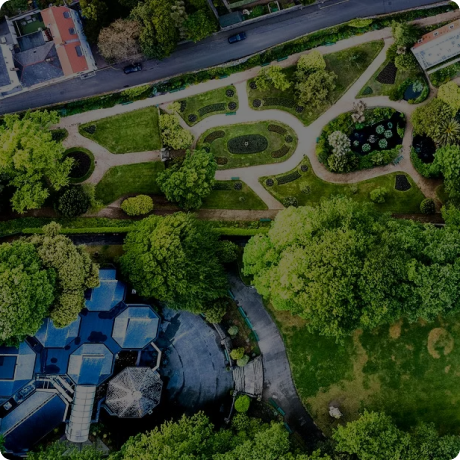
Adaptation strategies
Do you have any questions?

Ing. Jiří Jedlička, Ph. D.
4 benefits of this service
What is an adaptation strategy?
What can we do to help you?


What does this service include?
What will be our output?


Selected references
DSO Severovýchod
Mikroregion Kostelecko, Podluží
Liberec
Přerov
Mladá Boleslav
Havířov
Orlová
Mělník
Lelekovice
Vranov


Ready to help
public sphere
Get back to me. I'm here for you.

Ing. Jiří Jedlička, Ph. D.


FAQ
What is the difference between Sustainable energy and climate action plan (SECAP) and an adaptation strategy?
SECAP is focused on actions leading to the reduction of greenhouse gas emissions in the municipality. Actions in the energy sector, transport, etc. are therefore evaluated primarily in terms of their climate impacts. Meeting climate objectives is the main planning criterion, to which other aspects such as economic viability or overall energy stability of the area are subordinated. The SECAP also includes an analysis of the risks and vulnerability of the territory and proposals for adaptation to climate change. In this way it is similar to, and can partially replace, an adaptation strategy. However, the adaptation strategy addresses this topic in much more detail and using more advanced methods.
What data do you need from us, the municipality?
Documents and processed and in-progress projects that are not available on the city’s website – e.g. in the field of spatial planning, environmental protection, water management, erosion and flood protection, landscape architecture and development of public spaces, community and educational programs including environmental education and awareness, energy, industry, socio-economic development and strategic documents of the city.
What is the level of municipal involvement in the development of the adaptation strategy?
A working group should be in place throughout the development of the strategy, working with the development team. Members may include representatives of the city administration, city departments, the professional community, academia, and ideally the working group is always attended by a councillor responsible for a given thematic area (environment, development department, etc.).
How does the adaptation strategy fit into the structure of other strategic documents?
The Adaptation Strategy is an important basis for refining (climate change) targets and measures in updated Development Strategies and can be the basis for e.g. Sustainable Energy and Climate Action Plans (SECAPs).
Adaptation strategies should build on existing strategic documents and concepts developed at the regional/city level.
The outputs of the AS should be an indispensable basis for subsequently processed spatial planning documents and documentation, e.g. updates of the Principles of Spatial Development of the Region, spatial plans and their amendments, spatial analytical documents, landscape and other spatial studies, etc.
For how long is the adaptation strategy developed and how often is it updated?
It is important that the strategy is regularly reviewed and updated.
The Action Plan is usually drawn up for 3-5 years and should be updated every year.




Interesting topics to your e-mail
Kdo tuto službu využil

















